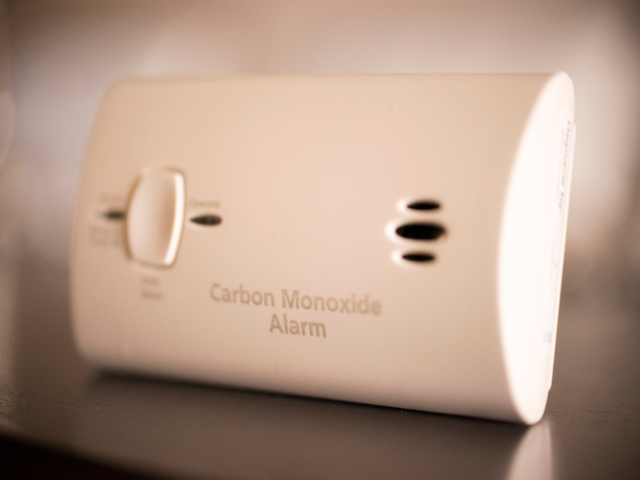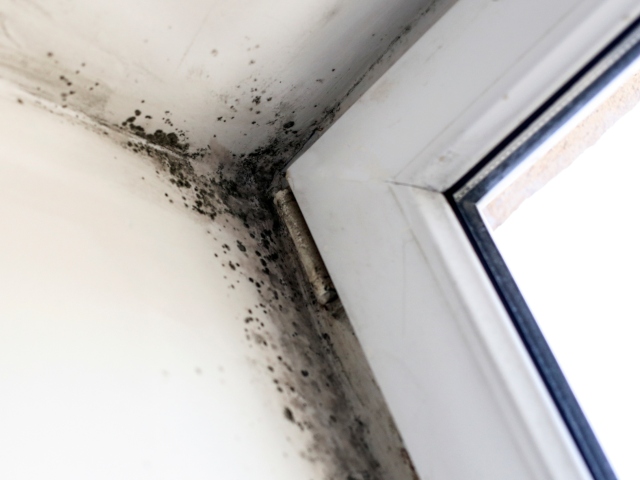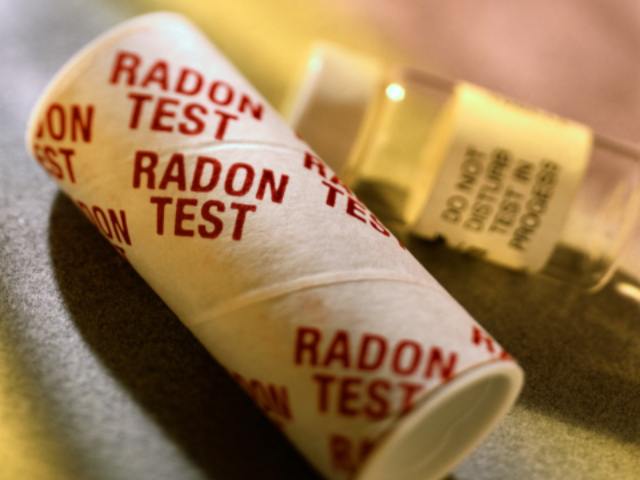5 Indoor Air Pollutants You Should Know About
Published:
These indoor air pollutants can cause serious health issues. Learn how to reduce your risk of exposure.
Indoor air pollutants not only make you uncomfortable, they can cause serious health problems. Here are five common air pollutants that can negatively affect your indoor environment and what you should do about them.

1. Carbon monoxide
Carbon monoxide (CO) is an odorless, colorless gas that’s released when something is burned. Exposure to CO at high levels indoors can cause dizziness, confusion and even death. Potential sources of CO include unvented gas space heaters, leaking chimneys and gas ovens. To reduce your exposure to CO, keep gas appliances properly adjusted, install exhaust fans vented outdoors over gas stoves and have your gas furnace inspected annually by a qualified professional. Install independently tested CO monitors throughout your home and test them regularly.

2. Mold
Moisture leaks and humidity problems can lead to the growth of mold in your home. Mold spores in the air can cause a variety of health problems including allergies, asthma and other respiratory conditions.
Identify the source of the problem and eliminate it quickly. A damp attic or water stain on your ceiling is a sign of a leaky roof. Showering, cooking and drying clothes can increase humidity. Use ventilation fans in your kitchen and bathrooms to control moisture. Seal air leaks in windows and doors, and in your basement and attic.

3. Particulate matter
Particulate matter (PM) is a mixture of tiny particles suspended in the air. When inhaled, these particles can affect the heart and lungs and cause serious health issues. PM can be generated by cooking or smoking, as well by using fireplaces and unvented space heaters.
To reduce the buildup of PM, make sure that all combustion appliances are properly vented outdoors and use exhaust fans vented outdoors when cooking. Hire a qualified professional to inspect and clean your heating system once a year and change air filters regularly according to manufacturer’s instructions.

4. Volatile organic compounds
Volatile organic compounds (VOCs) are chemicals used in household products such as paints, solvents, aerosol sprays, cleaners and pesticides. Exposure to VOCs can cause eye, nose and throat irritation, as well as headaches and nausea.
To reduce your exposure, increase ventilation when using products that emit VOCs and use such products according to manufacturer’s instructions. Don’t store opened containers of unused paint and similar materials inside your home.

5. Radon
Radon is a naturally occurring gas released in soil and water. It can enter your home through cracks and other gaps in the foundation and build up to dangerous levels. Breathing radon can increase your risk of lung cancer.
You can find radon test kits at your local home improvement store; follow manufacturer’s instructions. Also, you can hire a qualified tester to perform a radon test for you. If you have a radon problem, contact your state radon program for information about qualified radon mitigators in your area.
